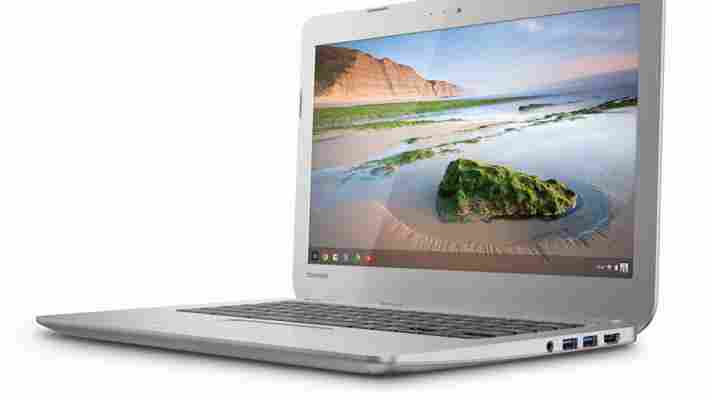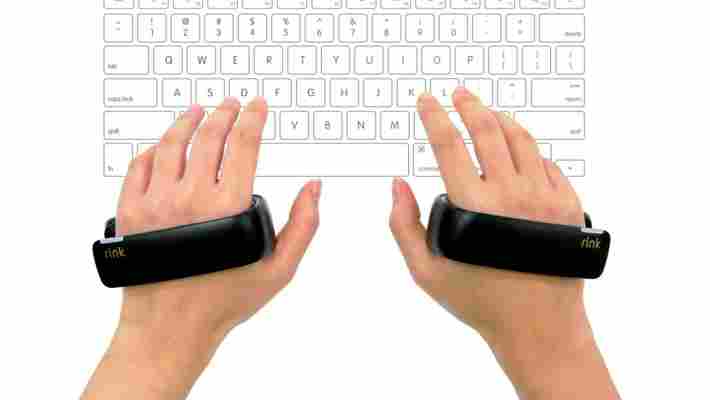Sony has unveiled three new ultrabooks within its Vaio range, each of which can be converted into tablets: the Vaio Duo 13 and Vaio Pro 13 and 11. The new devices are powered by Intel’s new fourth generation processor — Haswell — and run Windows 8.

Pricing is still to be confirmed, but all three will launch from the middle of June, starting with ‘selected countries’.
Like others in its hybrid laptop-tablet product family, the Vaio Duo 13 sports a touchscreen interface and feature a slide-out keyboard for dual tablet or laptop performance.
The tablet-come-laptop uses “innovative standby technology” which means it is always connected to the Internet, when there’s a connection, so it can retrieve email while asleep and Sony claims it can wake within one second. Sony also says the lasts for up to 18 hours, which we presume is on active standby.
The device features an 8-megapixel rear-facing camera that runs on Sony’s Exmor RS for PC technology. The company says its software lets the built-in camera serve as a scanner. Plus, the Vaio Duo 13 has a full-HD screen that taps Sony’s Bravia and Triluminos technologies, while its ClearAudio+ tech powers the sound.
The new Vaio Pro models are being pitched as ‘the world’s lightest touch-capable Ultrabook’; the Pro 11 weighs just 0.870 kg while the Pro 13 tips the scales at 1.060 kg.
Much of the same technology is present in the Pros as in the Duo 13 — Bravia, Triluminos and ClearAudio+ — while Sony says the ultrabooks have wider keys to help type, a redesigned palm rest and its NFC-powered One-touch listening system that streams audio from portable media devices.
Toshiba Chromebook: 13.3 display, a Haswell processor and 16GB SSD, for $279.99 from February 16
Toshiba is the latest PC manufacturer to back Chrome OS, after it unveiled a 13.3-inch Chromebook for $279.99. It’s powered by a Haswell-based Intel processor, alongside 2GB of RAM and a 16GB SSD.

It’s an understated design with a silver case, black keys and a fairly slim profile. It’s not colorful like the HP Chromebook 14 or portable like the HP Chromebook 11 , but perhaps that was Toshiba’s intentions. With a simple, safe aesthetic the Chromebook can be marketed towards a wide array of users.
The Toshiba Chromebook has a 1366×768 resolution display, as well as two USB 3.0 ports, a regular HDMI port, security lock and SD card reader. The device also comes with 100GB of free Google Drive storage, similar to most new Chrome OS devices. Toshiba says its first Chromebook will be available from February 16 at major retailers and its webstore in the US.
➤ Press Release [Via The Verge ]
Follow all of our CES 2014 coverage
Samsung’s creative lab gives a peek at its weird devices from the future
Samsung has a special internal division called the Creative Lab that’s tasked with dreaming up crazy devices that might not ever sell, or have a real purpose, just to see what it’s able to do.

Today it’s taken the wraps off three devices it plans to demonstrate in person at Consumer Electronics Show in Las Vegas next month. And they’re certainly very unusual.
The first is a device called ‘TipTalk,’ which is a special watch strap that allows you to put the tip of your finger to your ear to hear audio coming from the device without being overheard.


It’s unclear how it works exactly, but Samsung touts it as a way to listen discretely in loud places, like concert halls — best of all, you’ll look like you’re trying to read someone’s mind.
According to Samsung, Tip Talk was turned into a standalone startup in August of 2015 for further development of its product.
The second device, called WELT, is a smart belt that continuously measures waist size, eating habits and steps taken. The company says it’s a “more discrete” way to monitor health than wearing a fitness tracker, and blends in with your normal outfit.
WELT pairs with a specially designed app that offers fitness tips, as well as meal plans and other information to keep the wearer healthy.
The third device is slightly less out there — Samsung has been working on a handheld controller for its virtual reality helmet, the Gear VR, called rink. There aren’t any details about how it works, but it looks incredibly similar to the one being developed by Oculus .
Samsung says that the Creative Lab has hosted more than 100 projects since its creation in 2012 and that 40 of them are now being developed into real products by Samsung’s business units.
The devices will be shown off at CES in Las Vegas next week — we’ll have people on the ground at the event!
